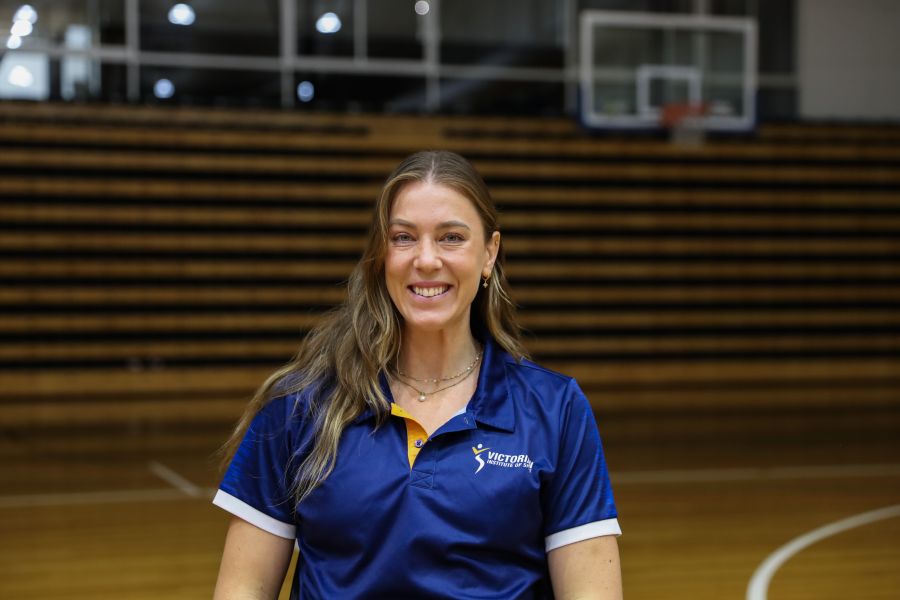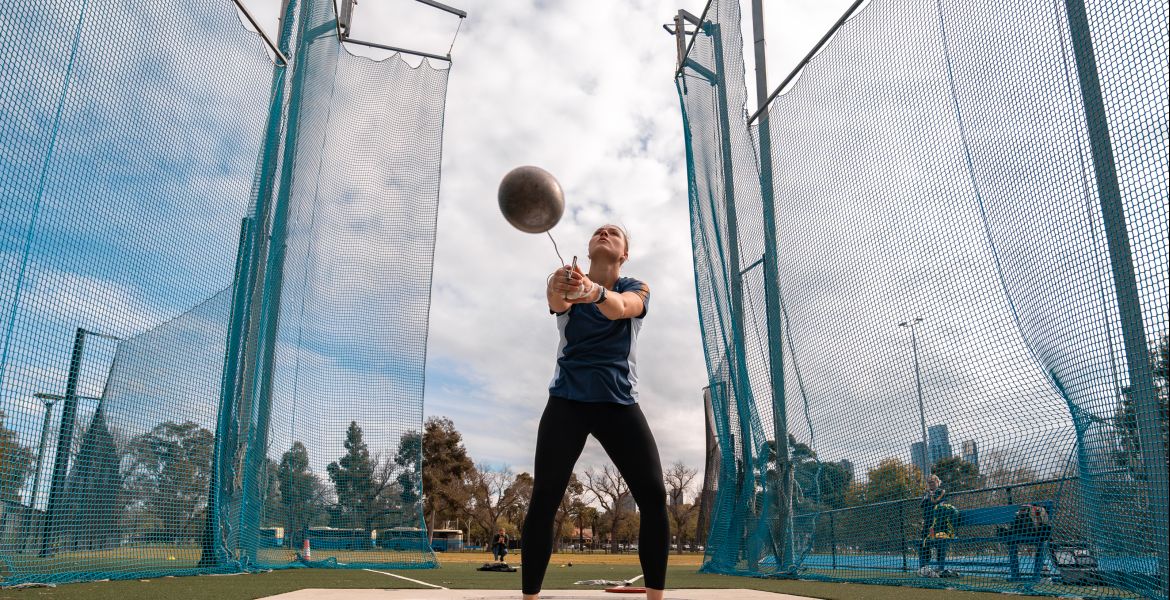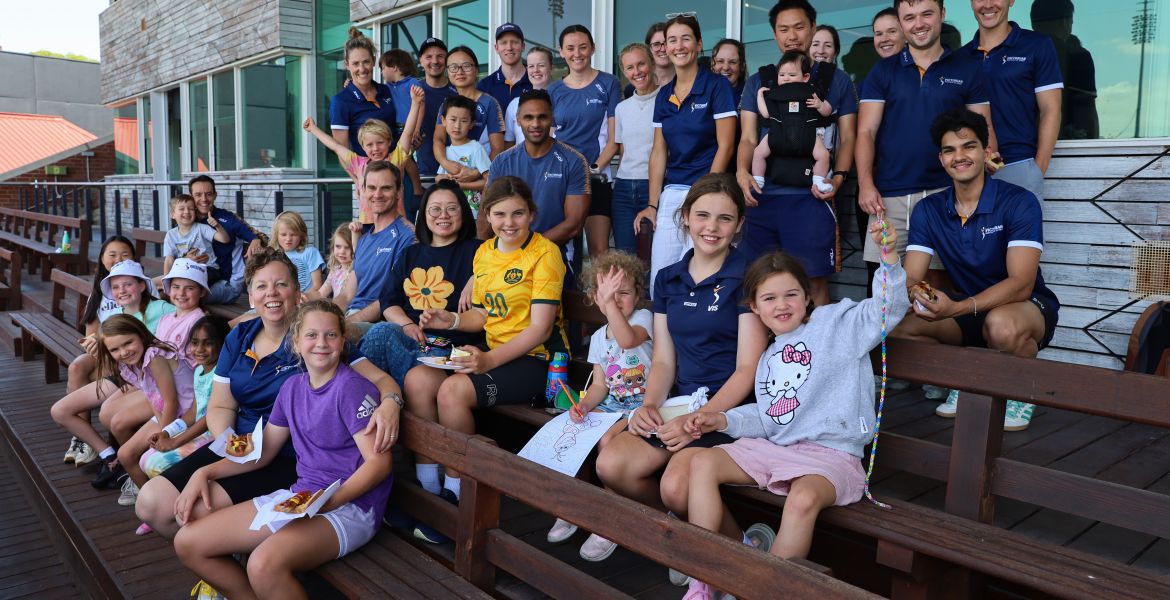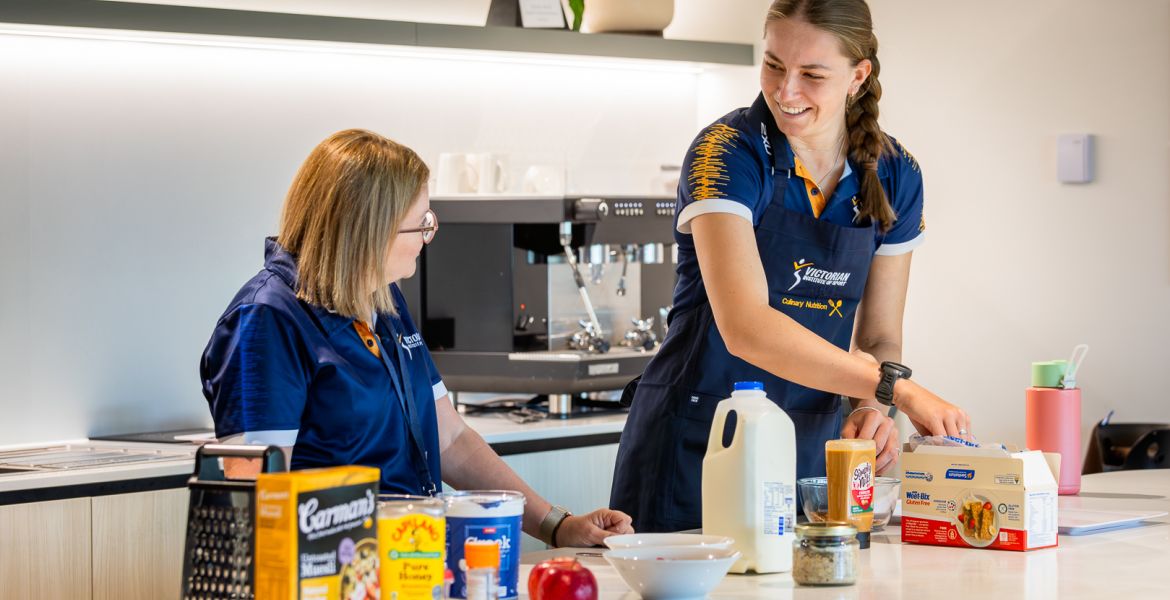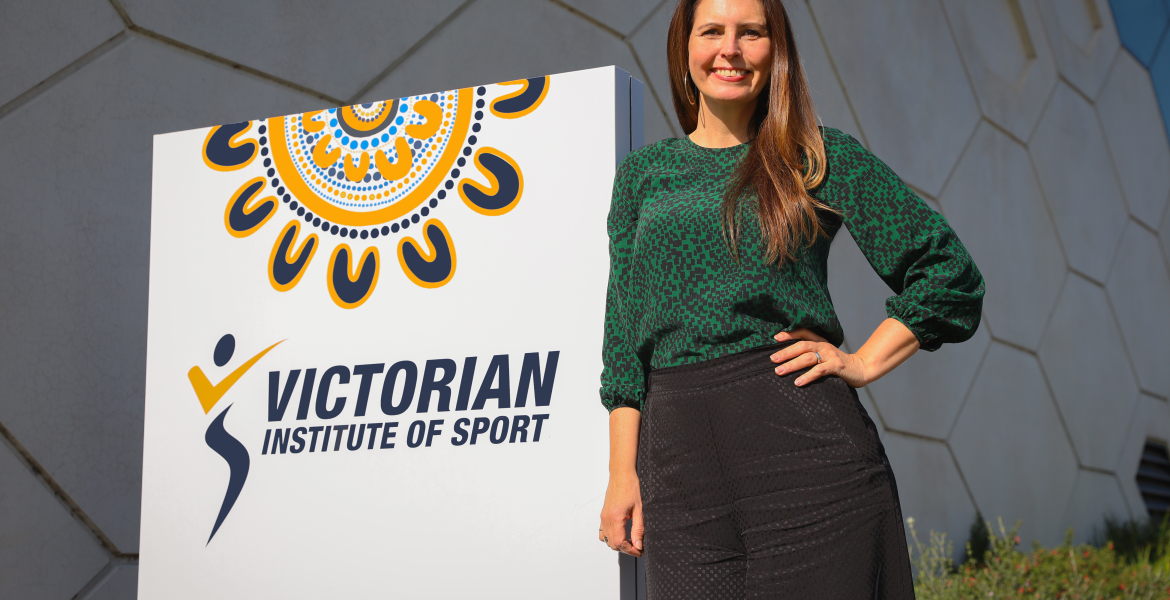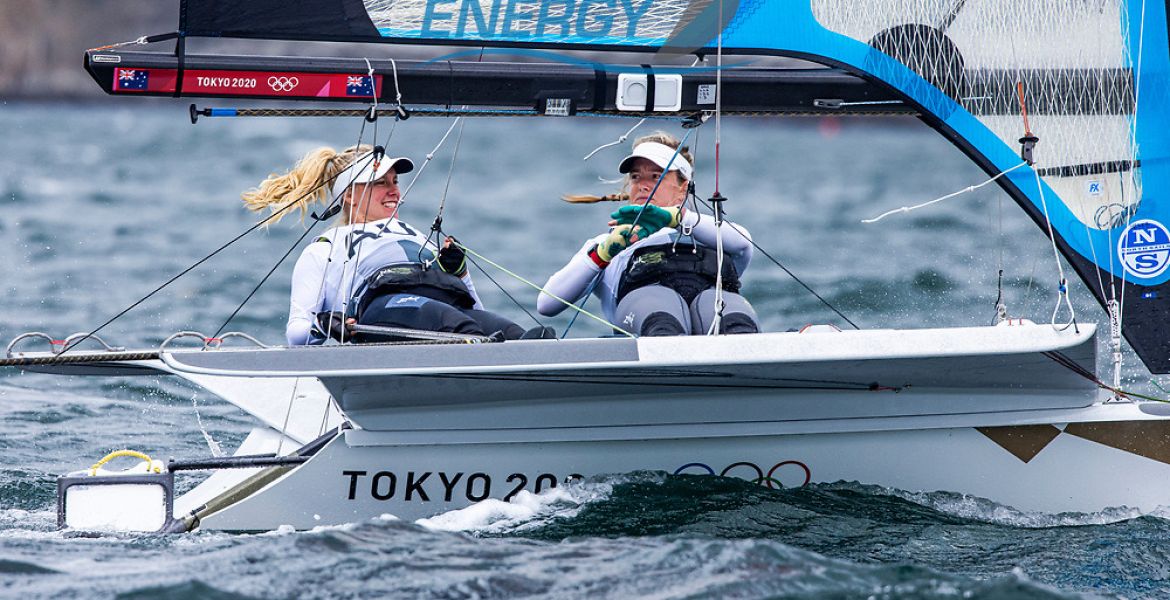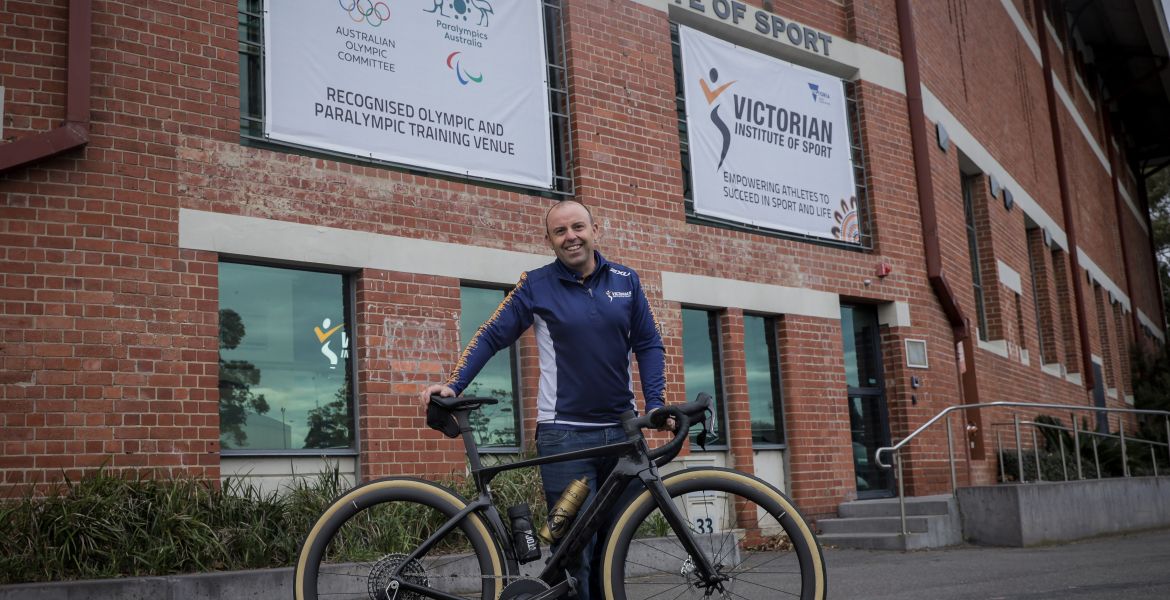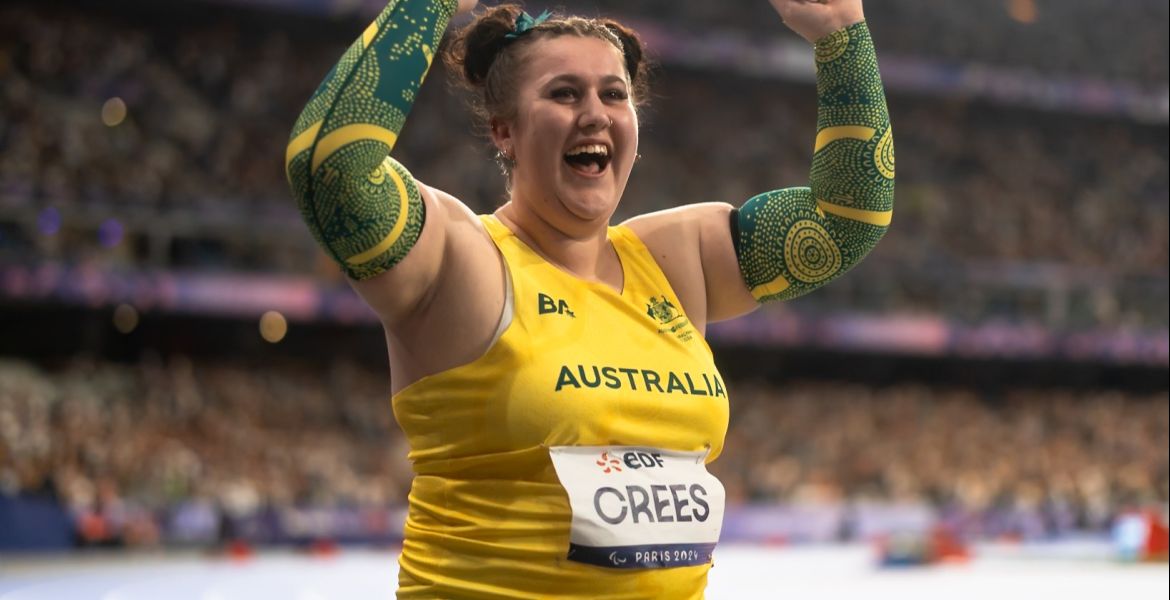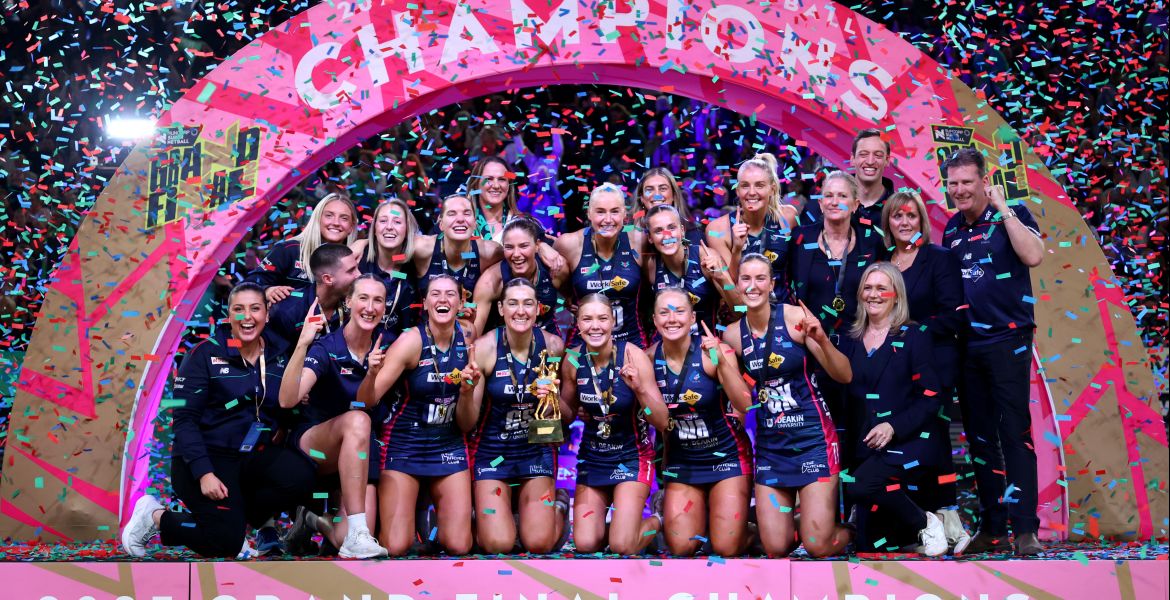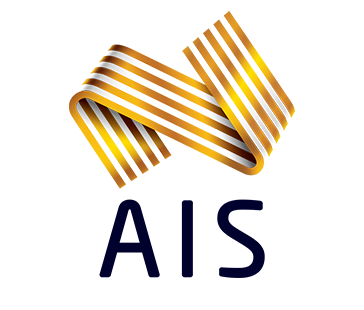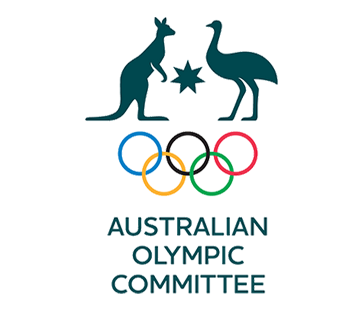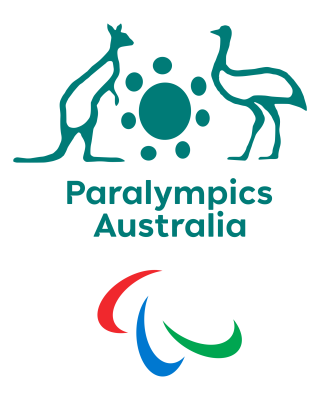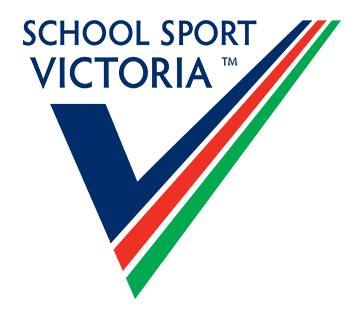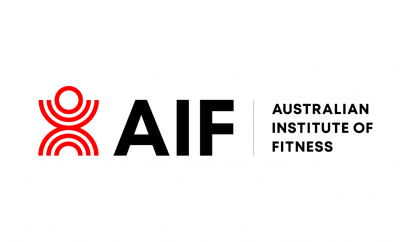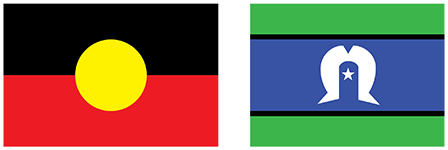Last night Australia Opal Sara Blicavs took the court again just over 400 days since she underwent a spinal fusion and disc replacement surgery on her back.
Blicavs was on track to become a dual Olympian in Paris but she was fighting immense pain not only in her back but also in her leg.
“At the time that I made the decision on surgery, I also had a fracture in my leg. I had a 40% fracture in my tibia, which I had been playing on for around six months as well,” said Blicavs.
“So I had a broken leg as well as a broken back!"
Whilst determined to reach her goal of suiting up for the Opals at the Paris Olympics, she didn’t realise how much pain she was actually in.
“You just hit the point where you kind of numb it out because of my goals. I just wanted to make Paris,” Blicavs said.
“It was only half a year away and it was so achievable at the time. You do end up throwing the pain at the back of your mind and I was managing because I chose to switch off that part of my brain and ignore any signs.”
Having lost her ability to run, jump and sprint to her normal capability she decided to have surgery in March 2024 to repair the multiple fractures in her back and an almost non-existent disc, resulting in “bone one bone” impact in her vertebrae.
“It wasn’t until I made the decision on having the surgery that the pain came flushing in. I couldn’t stand up and from sitting down for a while to then standing would take me 15 seconds,”
“I was fearful of sneezing and couldn’t bend forward to pick up a basketball,” she recalls.
Even though it would wipe out her hopes of pulling on the green and gold in Paris she knew it was the right decision.
“I made the decision to go ahead with the surgery and get a spinal fusion and disc replacement done,”
“Honestly, it has been the best thing I have ever done.”
The surgery required did not come without its risks. When Blicavs headed into the operation table it finally dawned on her what could potentially happen.
“I had a bit of fear going into the surgery. Fear about my basketball career and fear about how I was going to pull up from surgery,”
“I remember waking up and the first thing I did was wiggle my toes and move my legs because I was terrified of that. I was told there was a 3-4% risk going into this kind of surgery, which I think is still quite a big risk,” she said.
“My surgeon assured me that they put a needle into my foot, which means when they get close to a nerve in my back it would trigger an alarm. Which was good… but also tells you a bit about the risk.”
The first six weeks post-surgery Blicavs was only allowed to sit down or stand up for no more than 30 minutes at a time and it took a full month before she was able to walk.
In her most fragile phase of the rehab was when the Victorian Institute of Sport’s expertise entered the picture.
She received a scholarship to the VIS and started working with Physiotherapy Manager, Steve Hawkins and Physical Preparation Coach, Nathan Lee.
“Steve took me under his wing as physio and Nathan as strength and conditioning coach. They looked after me so well,” Blicavs said.
“I was one of those athletes that had a three-hour gym session because I had to go lay down because my back was not allowed to stay straight for that long. Every single movement I made was so heavily watched by them to make sure my back was straight”.
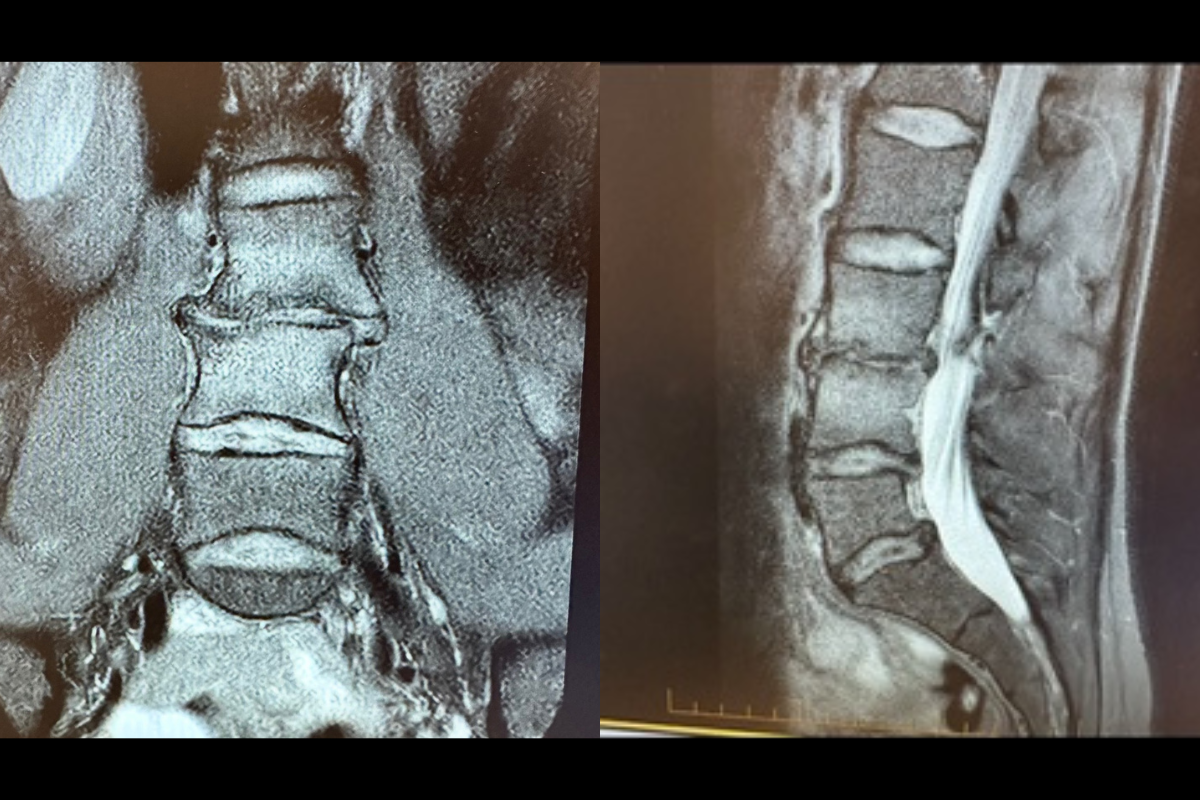
Of course, another benefit of the expertise at the VIS means there is a cross-pollination of expertise among the practitioners who work across a range of different sports.
Swimming physiotherapist, Andrew Cameron, who works with Olympic and Paralympic swimmers was able to assist with Blicav’s water rehab.
“I had the swimming physio Cammo [Andrew Cameron] jump in the pool with me, taking water rehab sessions because I had to keep a straight back and learn how to swim,” Blicavs said.
Seven months post-surgery Blicavs was able to run and shoot again.
While being closely assessed by the VIS team of experts, she took to the courts at Melbourne Sports and Aquatics Centre (MSAC) to start doing basketball exercises again.
“It [doing rehab] was a really cool time to step away from playing and training with a team and just focus on yourself individually and build your game up individually,” she said.
“I feel like I have actually improved a lot not only with my body but even with my skill level as well. It has given me so much passion for the future.”
On 30 March this year – almost a year to the date of surgery – she returned to the court with the Melbourne Tigers, her junior basketball club. She had an impressive 20 points and 11 rebounds in her first game back.
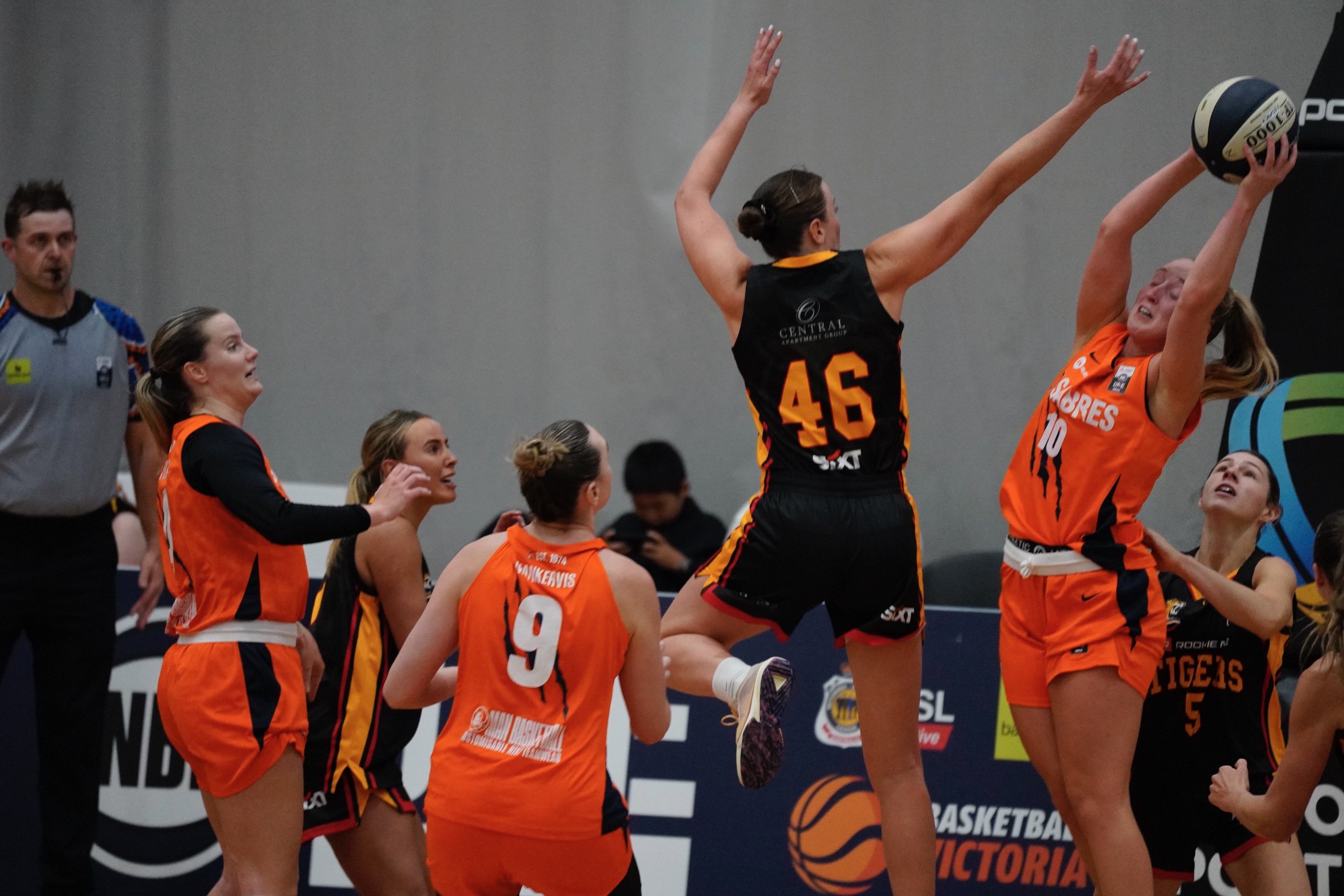
In the crowd were her VIS support staff, cheering Sara on from the stands and seeing the result of the hard work and dedication she had put in at the VIS HQ to finally be able to back on the court.
“I’m so grateful to the VIS and especially Steve and Nathan because they spent so much time and effort on me. They have always had me at the front of their mind, which I have never experienced before.”
“You go to programs and everyone is about themselves, but here it is actually about me,” said Blicavs, half laughing with relief.
The VIS interviewed Blicavs last month and as the group wrapped up the interview and walked back to the VIS she got a call in the parking lot.
It was the call she had been waiting for since the dire moment she had decided to have surgery.
On the other end of the phone was Sandy Brondello, Australian Opals head coach and two-time WNBA Champion head coach.
Brondello asked if Sara was ready to suit up again in the green and gold.
Blicavs had made an impression at the Opals camp in April and Brondello was very happy to tell her that she had been announced in the Australian team for the Trans-Tasman series against New Zealand.
On Wednesday night Blicavs took the court at the Adelaide Entertainment Centre alongside her teammates in the Opals squad.
She played 21 minutes for Australia contributing with nine points and four rebounds in the team’s convincing victory over New Zealand.
With her eyes now set on Los Angeles in 2028, Blicavs is enjoying every moment back on the court again and knows that she will be content no matter what happens with her basketball career in the future.
“My goal is to make the LA Olympics, I would love to be there. But with my back I have just realised that basketball is just fun again and I’m just playing for happiness and wherever that leads me, great!”
By Camilla Blands
Victorian Institute of Sport

